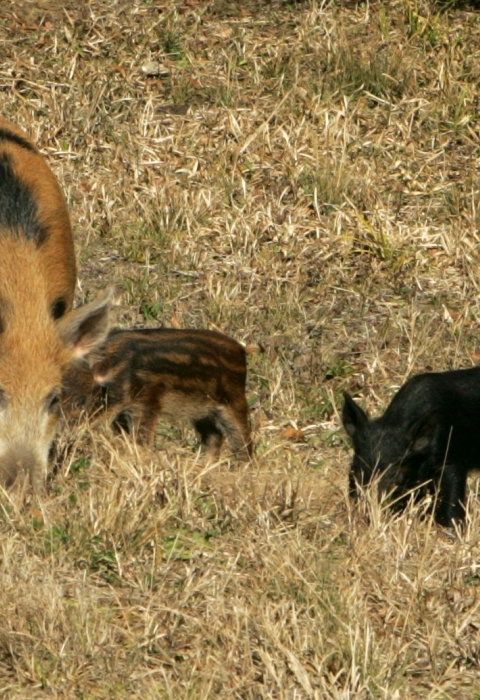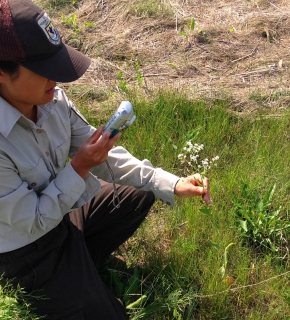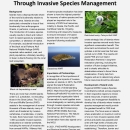What We Do
Our Services
Invasive species cause tremendous harm to our environment, economy and health. When invasive species invasive species
An invasive species is any plant or animal that has spread or been introduced into a new area where they are, or could, cause harm to the environment, economy, or human, animal, or plant health. Their unwelcome presence can destroy ecosystems and cost millions of dollars.
Learn more about invasive species eat or crowd out native species, they reduce the vital biological variety we call biodiversity. Ecosystems with low biodiversity are more vulnerable to disease and other environmental stresses. At worst, invasive species can lead to the extinction of native species. Invasive species also can spread disease and inflict costly damage on infrastructure, such as roads, canals and levees.
In ways large and small, the U.S. Fish and Wildlife Service works to prevent, eradicate and control invasive species, using environmentally sensitive approaches.


